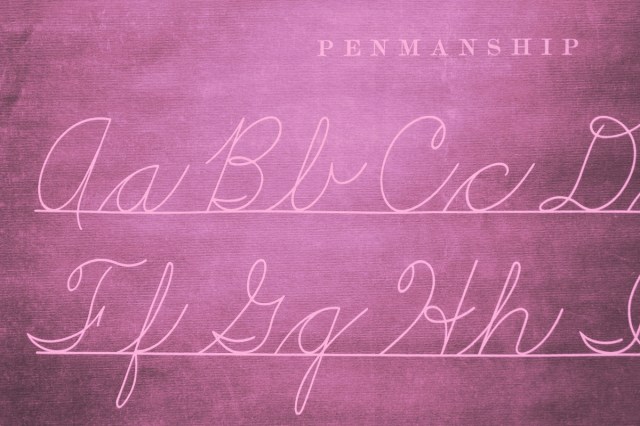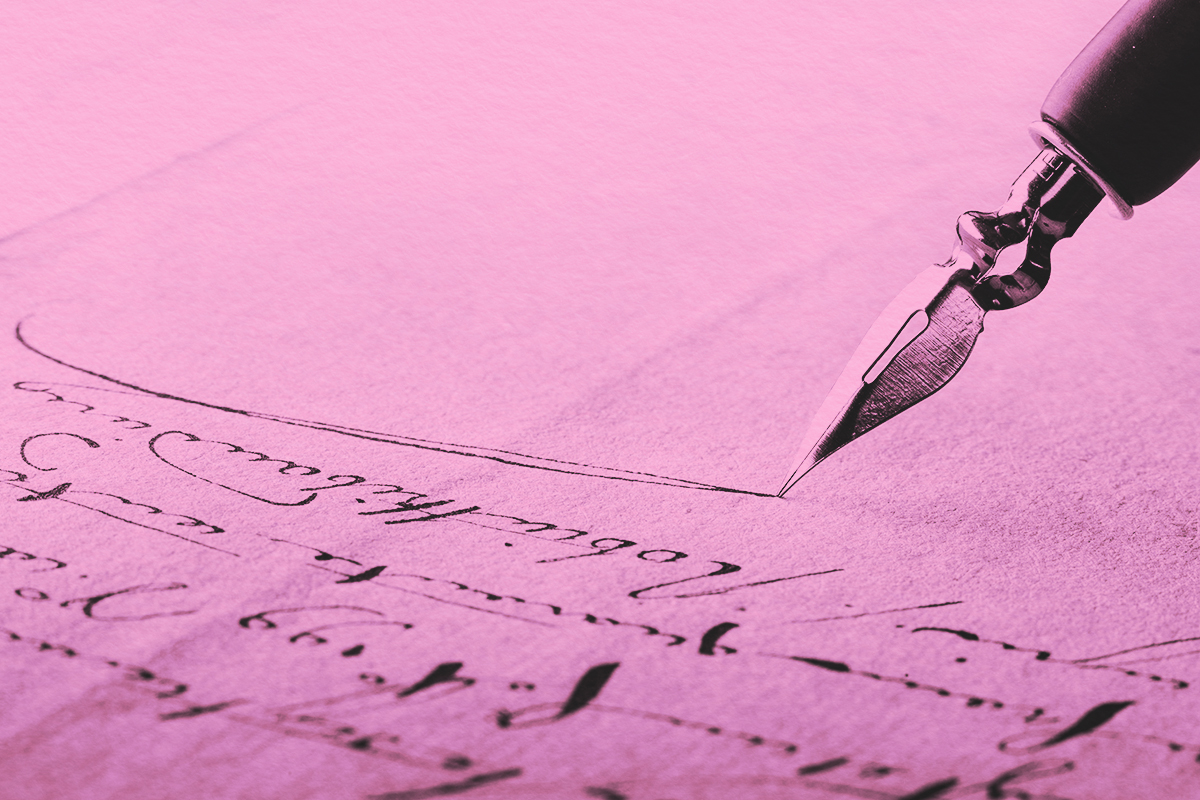
As today’s communication is dominated by keyboards and touchscreens, the art of penmanship is dying out. For hundreds of years, personal style was expressed through stylish script and signatures. But in recent decades, cursive penmanship has become less prominent, in part because many American grade schools dropped it from the curriculum in the 2010s (though about half the states have added it back in the last few years). Let’s explore the history of cursive writing and script and why mastering penmanship remains relevant in our digital age.
Good penmanship has long been considered a status symbol, indicating wealth, privilege, and education access. The ancient Romans borrowed aspects of the Etruscan alphabet to create an early written script for transactions and correspondence. However, by the Roman Empire’s fall, penmanship had become a specialized discipline rarely seen outside monastic settings. This is evidenced by the beautiful illuminated manuscripts from monasteries before the Renaissance.
To give a very brief overview of the development of European penmanship styles, in the late eighth century, Charlemagne — the King of the Franks and Holy Roman Emperor — instructed an English monk to standardize the craft of penmanship. This resulted in the Carolingian minuscule, a writing style that included lowercase letters, word separation, and punctuation. In the Middle Ages, the increasing costs of parchment led to a denser style of script. However, upon the invention of the printing press in the mid-15th century, a heavier typeface dominated, but Italian humanists responded by creating a more elegant handstyle, known as “italic.”
Handwriting was a status symbol, leading to the emergence of penmanship schools in the New World by the 1700s, while poorer people taught themselves to write by copying from manuals. In addition to indicating education and wealth, penmanship also signified gender, as men and women were expected to flourish their writing differently. “Feminine” writing often appeared more curved and bowed-out than straighter “masculine” writing.
In the mid-1800s, abolitionist Platt Rogers Spencer attempted to democratize American penmanship by developing a cursive writing system that was adopted by many schools and businesses. His Spencerian script can be seen in the original Coca-Cola logo. This idea of teaching a single penmanship style caught on, and in the 19th and 20th centuries, cursive English was standardized in American schools. As cities grew and job prospects, such as secretarial positions, opened outside of fields and factories, strong writing skills were required. In many ways, good penmanship meant improved opportunities.
Why don’t more people born after the 1990s have strong penmanship skills? The answer is simple — computers. While penmanship is still rigorously taught in many European schools, current American schoolchildren spend more time mastering typing and computer skills than practicing neat handwriting. But traditional handwriting offers unique cognitive benefits that typing simply can’t replicate.
Today, we may not need to pass a penmanship test to get a job, but it’s still a valuable skill to cultivate outside of school. Research shows that handwriting notes activates multiple brain regions associated with optimal memory, much more so than digital devices. Taking down information by hand or writing a to-do list on paper will preserve that memory longer than typing it into a laptop or phone.






















